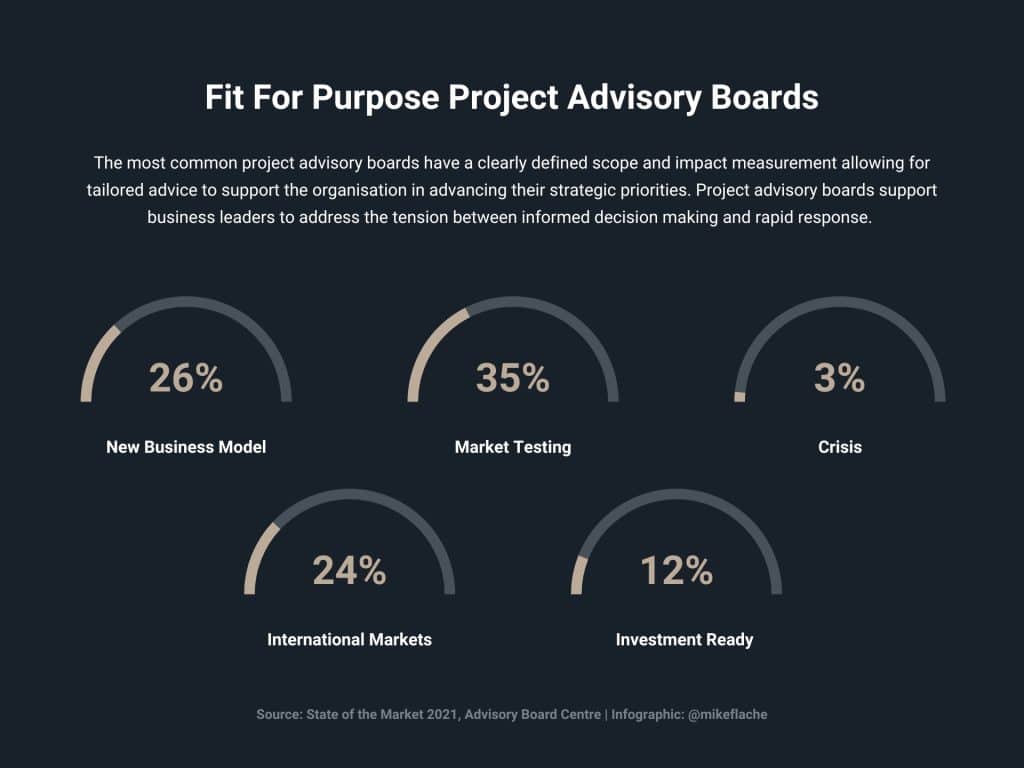The article was originally published on BBN Times.
Even if the term advisory board may sound quite traditional in the digital age, there is currently a lot going on in this area. Significant change is taking place, especially on a global level.
One reason for this is the rapid development of new technologies. The other is the global aftermath of the COVID-19 pandemic, the impact of the war in Ukraine, inflation and the energy crisis, and turbulence in financial markets to name a few of the many challenges.
In my discussions at the management, board, and shareholder level, it becomes clear how these factors currently influence the operative business — which makes medium to long-term strategic planning much more difficult. Organizations in particular that regard growth as a strategic priority have to rethink many areas.
The global framework and methods for sustainable growth are changing. This leads to new requirements for the structure of the advisory board in organizations.
I am convinced that these changes will continue to accelerate. As a result, this leads to a change in the need for the structure of the advisory board in organizations.
The foundation for this was laid a few years ago. Back in 2021, the Advisory Board Centre’s “State of the Market” study revealed that the number of organizations using advisory boards as part of their governance structure has increased by 52% globally since 2019. The continuing global uncertainty and the high volatility in the markets are other factors that are increasingly contributing to the rise of the project advisory board.
In the following paragraphs, let’s take a look at what a project advisory board is and what added value it can bring.
The difference between a classic advisory board and a project advisory board
I keep noticing that the term “advisory board” is interpreted differently, especially in an international context. First, without getting too scientific, I think the definition of the term is a solid starting point. At this point, I come back to the Advisory Board Centre, which defines the term as follows: An advisory board is a structured, collaborative method for organizations to engage external advisors. At its core, an advisory board is a “problem-solving model” and a “thinking-system.”
I see the advisory board primarily as a problem-solving model. This approach focuses on the cause or goal of the organization, not on the individual personalities of the advisory board. In order to prevent possible misinterpretations: Of course, the individual members contribute with their expert knowledge and experience to the balance, quality, and contribution to the success of the advisory board. Nevertheless, I think it is important that the interests of the organization are the focus, not one’s own sensitivities. That starts with the right self-image.
Against this background, the term “purpose” is often used today. Especially in this aspect, I see the essential difference between a classic advisory board and a project advisory board. While the classic advisory board in many countries is appointed for an indefinite period of time and has a broader range of tasks, the project advisory board has a temporary duration of action from the outset that is focused on a specific task. Advisory boards are common, for example, which are engaged for a period of 3 to 18 months to accompany the market entry, the supply chain, crisis management, and the evaluation of business models or investments.

What makes the project advisory board valuable
I see the significant added value in the project advisory board for organizations primarily in the following two aspects:
- Flexibility to fill internal gaps, master difficult tasks, and manage effectively from a risk & reward point of view
- Far-sightedness can be temporarily integrated into the organization through external support with a wide range of skills, up-to-date knowledge, and relevant network contacts
The figures also show that these aspects are of interest to organizations from a wide variety of industries: 34% of the newly created advisory bodies are project-related — a strong indicator of the adaptability and effectiveness of this form of implementation. Market or location-related advisory bodies are the most frequently chosen form of the advisory board in this context. The organizations primarily meet their needs for market experience, operational support, connections, and local good governance.
Conclusion on the project advisory board
Whether it is a classic advisory board or a project advisory board, which form best suits your own organization cannot be answered in general terms. The fact is, both have their right to exist. In my experience, it is first important to determine exactly where the organization and its influencing factors are, e.g. life cycle of the business model, market phase and possible consolidation, growth strategy, shareholder structure, etc.
Once again, it is important to be honest with yourself and not sugarcoat the current situation. Depending on the initial situation and objectives, the project advisory board can then offer significant added value for the organization based on the aspects described above — especially with regard to possible effects of “known unknowns” in the business environment that occur acutely. We have all experienced the latter more or less since the beginning of this decade.

